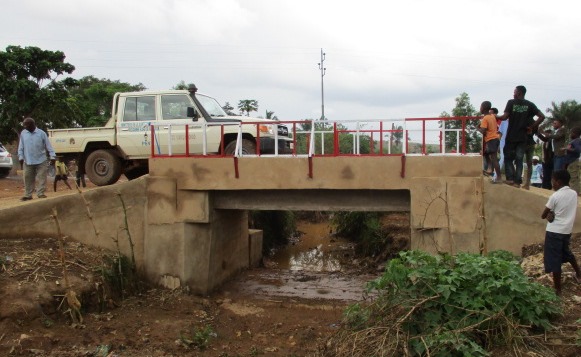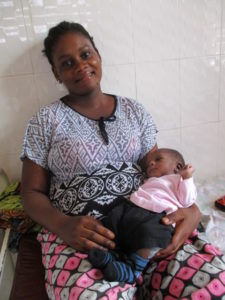 “What is the Susila Dharma Network?” This question came up in a recent flurry of emails—and it surprised me. It surprised me because I use this term frequently in my writing about Susila Dharma, and I had supposed that everybody knew what it meant. One of our board members thought it meant SDIA, the international Susila Dharma organization. But this is not right.
“What is the Susila Dharma Network?” This question came up in a recent flurry of emails—and it surprised me. It surprised me because I use this term frequently in my writing about Susila Dharma, and I had supposed that everybody knew what it meant. One of our board members thought it meant SDIA, the international Susila Dharma organization. But this is not right.
The Susila Dharma International Association (SDIA) is not the “boss” of Susila Dharma, nor is SD USA the “boss” of Susila Dharma in the United States. Actually, the opposite is true. The organizations are here to facilitate Susila Dharma work, but we are more like servants than masters. Our responsibility is to help create a structure through which Subud members, working in community, can carry out humanitarian work, and to express through action in the world what we receive in our latihan kedjiwaan.
So why do we use the term Network? Well, it is a network of projects and supporting organizations like SDIA and the SD National organizations, but most importantly, it is a network of people. Some of these people work on projects, some work on fundraising, some contribute their time and money, and some are not even in Subud. The people we are trying to assist are also part of the Susila Dharma Network, and their contribution, while less obvious, is perhaps the most important of all. Walt Whitman wrote: “The gift is to the giver and comes back most to him. It cannot fail.” By giving this work and this support, each of us receives. “It cannot fail.”
So, the Susila Dharma Network is all of us. Because we are a network, there is an opportunity for communication from the top down or from the bottom up, but communication can also move in unexpected sideways directions and this allows space for the inspiration of the divine, which is almost always unexpected, to enter.




 “What is the Susila Dharma Network?” This question came up in a recent flurry of emails—and it surprised me. It surprised me because I use this term frequently in my writing about Susila Dharma, and I had supposed that everybody knew what it meant. One of our board members thought it meant SDIA, the international Susila Dharma organization. But this is not right.
“What is the Susila Dharma Network?” This question came up in a recent flurry of emails—and it surprised me. It surprised me because I use this term frequently in my writing about Susila Dharma, and I had supposed that everybody knew what it meant. One of our board members thought it meant SDIA, the international Susila Dharma organization. But this is not right.